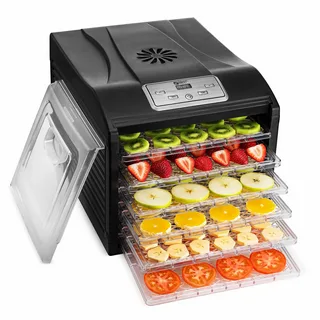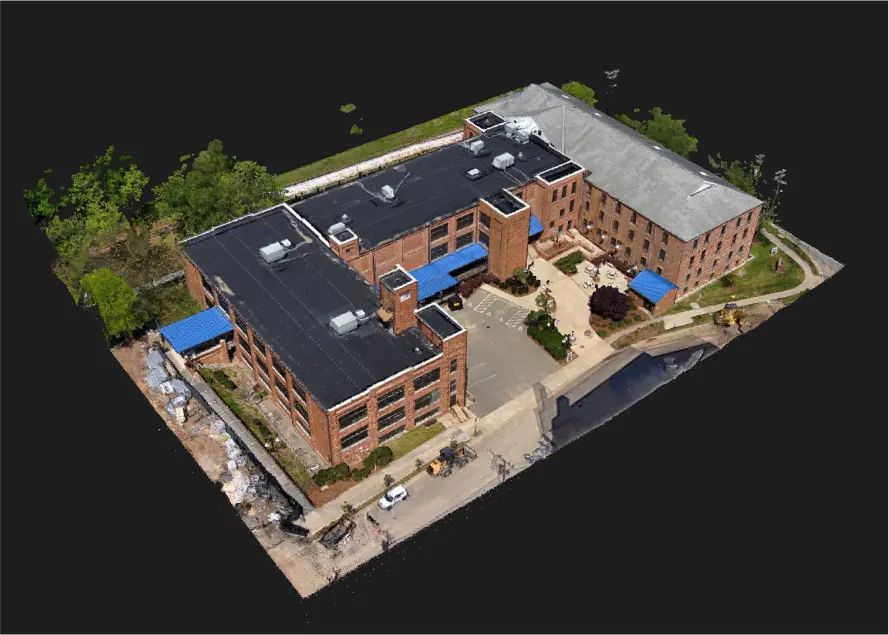In the fast-paced world of today, the need for food and drink items is changing quickly. The surge in online shopping and growing demand for convenience has caused major shifts in the distribution and delivery of these products. At the core of this change is the satisfaction of food and beverage needs, with businesses striving to satisfy customer demands with effectiveness and accuracy. Businesses such as Fulfilo are now at the forefront, providing creative methods to simplify the journey of food and drink products from the manufacturer to the customer. What does fulfilling food and drink mean, and why is it becoming increasingly important in the market?
What is Food and Drink Fulfilment?
Food and drink fulfillment involves storing, packaging, and providing food and drinks to customers, either through online orders, direct-to-consumer methods, or conventional retail stores. This includes a complicated series of tasks, such as managing inventory, processing orders, picking and packing items, and delivering them to the final destination. Managing perishable items like food and beverages comes with specific difficulties, such as monitoring temperatures and preserving product quality, which makes fulfilling orders in this industry particularly challenging. As the request for top-notch, pristine, and secure products increases, businesses are putting more resources into strong fulfilment systems that can cater to these particular requirements.
The Impact of E-commerce on Food and Drink Fulfilment
The way consumers buy food and drink products has been transformed by E-commerce. Customers can easily have gourmet meals, fresh produce, or specialty beverages delivered to their doorstep with just a click. This ease has raised the expectations for fulfillment providers to provide quicker and more dependable services. The process of fulfilling food and drink orders in the e-commerce age requires advanced technology such as live inventory monitoring, automated storage systems, and delivery route optimization. The growth of online shopping has also resulted in the emergence of fresh business strategies, like subscription boxes and meal kit services, that heavily depend on effective fulfilment processes for their success.
The Role of Technology in Food and Drink Fulfilment
Technology is essential for the effectiveness and triumph of food and beverage delivery. Advances in warehouse technology, like automated picking systems and robotics, have revolutionized the way orders are handled and packaged. At the same time, improvements in logistics such as GPS tracking and route planning software have increased the efficiency and dependability of deliveries. Investing in the appropriate technology is essential for businesses to remain competitive in a saturated market. Furthermore, data analytics is now a critical resource in the food and beverage industry, allowing businesses to forecast demand, control stock levels, and minimize wastage. Incorporating technology into all stages of the delivery process guarantees that customers get their items in top condition, enhancing overall satisfaction levels.
Sustainability in Food and Drink Fulfilment
Both consumers and businesses in the food and drink industry are increasingly focused on sustainability as a primary concern. With the rise in environmental awareness, companies are feeling more pressure to implement sustainable practices in their fulfillment operations. This involves cutting down on packaging waste, streamlining delivery routes to lower carbon emissions, and acquiring goods from ethical suppliers. Numerous companies are also investigating environmentally-friendly packaging options and putting resources into energy-efficient warehouse solutions. Companies improve their brand image and attract environmentally conscious consumers by focusing on sustainability in providing food and drink.
Challenges in Food and Drink Fulfilment
In spite of technological advances and increasing emphasis on sustainability, there are numerous challenges in meeting the demand for food and beverages. Careful planning and coordination are necessary when managing the logistics of perishable goods, especially those that are sensitive to temperature. The possibility of spoilage, contamination, and delays can result in significant negative effects for companies, resulting in financial loss and harm to their reputation. Furthermore, the growing need for quicker delivery times adds more pressure on fulfillment providers, who have to juggle speed and quality. Meeting rigid safety standards is a major obstacle in regulatory compliance for food and beverage products, which differ across regions. To overcome these obstacles, one must have a thorough grasp of the field and a dedication to constantly enhancing fulfillment methods.
The Future of Food and Drink Fulfilment
Continuing technological advancements and evolving consumer preferences are expected to influence the future of food and beverage fulfillment. As businesses incorporate automation and artificial intelligence more into their fulfilment processes, they can achieve higher levels of efficiency and accuracy. The trend of companies delivering products directly to customers instead of using traditional retail channels is projected to persist. This change will place even more focus on the significance of efficient and adaptable delivery processes. Furthermore, there will be an increased emphasis on sustainability, as companies look for creative solutions to decrease their environmental footprint without compromising service quality. Businesses that are able to adapt and innovate in their food and drink strategies will have the best chance for success as the market changes.
Conclusion
Satisfying food and beverage needs is an essential aspect of today’s food and drink industry and is expected to become even more important in the future. Businesses must invest in advanced fulfillment solutions to meet consumer expectations for convenience, speed, and sustainability, as demand for these qualities increases. Success in this dynamic market will depend on integrating technology, emphasizing sustainability, and effectively managing perishable goods.




